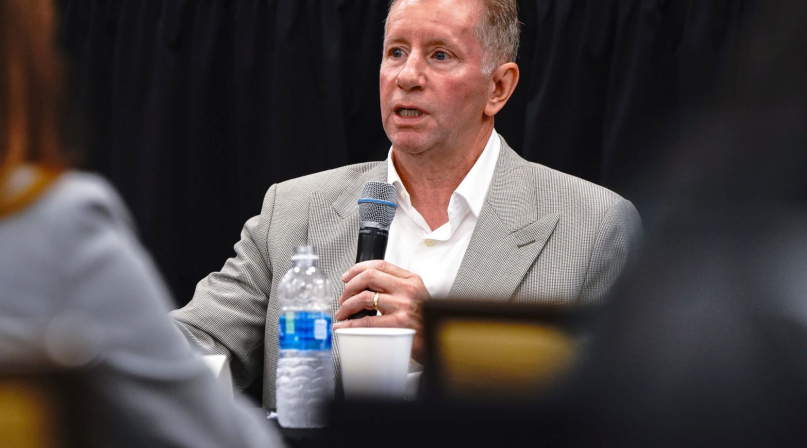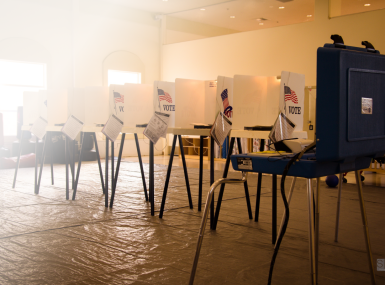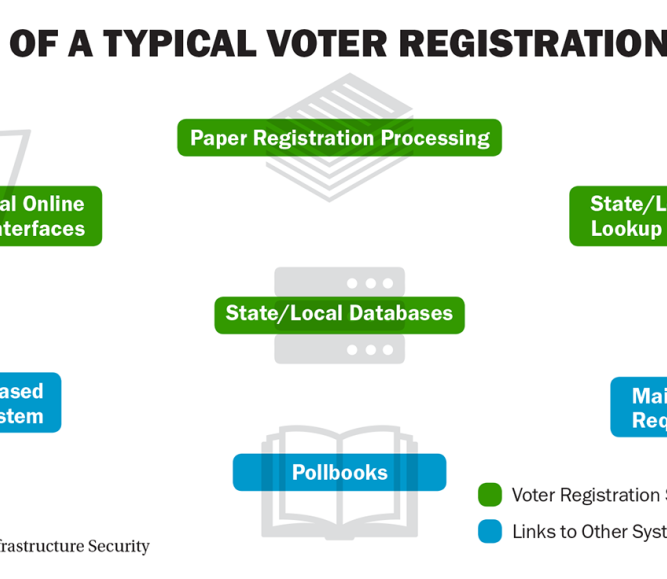Counties must highlight security measures to public before elections

Key Takeaways
The future of election administration is “on the shoulders” of large urban counties, which can best ensure the security of elections through increasing communication with the community, supporting election administrators and creating a crisis plan that brings everyone to the table, in case of a cyber or physical attack, according to panelists at the Large Urban County Caucus business meeting on July 13.
A forthcoming University of Kansas study shows that there is a correlation between the amount of funding allocated to election infrastructure and public trust in election, according to Keara Mendez, director of advocacy for the Center for Tech and Civic Life. Large urban counties can cultivate public trust in elections by investing in updated voting equipment and properly training and supporting their election administrators, she said.
“All of us are working in a situation where either counties or states are trying to make old equipment work in new environments, and it’s creating a pressure cooker where county officials are the ones on the frontlines,” Mendez said. “And when folks are activated online, it’s this room’s responsibility to respond … so this polarization, this extremism, is a nationwide problem, but it is one that large counties need to rise to the occasion and respond to.”
Adding to the polarization are foreign election influence campaigns and AI — “gasoline on the fire,” Mendez added. That’s why it is more important than ever for large urban counties to publicly acknowledge and promote any security measures added to election offices, according to Carolina Lopez, executive director of Partnership for Large Election Jurisdictions.
“In this age when the people that need to hear the message may not be listening to the media, hearing from you as trusted community leaders and really the pillars of our community, that can be the difference,” Lopez said.
Large urban counties need to better support their election officials against increased targeting — including threats of violence, “doxing” and swatting — they face amid an increasingly polarized political climate, said John Cohen, executive director of the Center for Internet Security, Program for Countering Hybrid Threats. The digital and physical worlds are now “fully interconnected and intertwined,” which further complicates the threat environment, he added.
At the county level, directors for law enforcement, fire, police and EMS need to develop a plan together in case of an emergency, Cohen added. Large urban counties must have a crisis communication plan on Election Day in case the county registrar or secretary of state’s office is hacked, as well as a communication strategy to alert people if there is a threat or act of violence, he said.
“The FBI and the Department of Homeland Security … they’re not coming down on a white horse to deal with any of the threats that are going to be originating potentially in your communities in the months ahead, because the foreign and domestic threat actors … and others with illicit content who are targeting your communities, have figured out how to target your communities at a level that national solutions may not be well suited to, so the impact of these threats are going to be in your counties and may involve you or your staff being targeted.”
Related News

County Countdown – April 7, 2025
Every other week, NACo's County Countdown reviews top federal policy advocacy items with an eye towards counties and the intergovernmental partnership. This week features a budget reconciliation update, HHS restructuring and more.

Both the Administration and Congress act on 'noncitizen voting:' What this could mean for counties
The U.S. House will consider the Safeguard American Voter Eligibility (SAVE) Act this week to require individuals to provide proof of citizenship to register to vote.

Multi-State Information Sharing and Analysis Center (MS-ISAC) loses federal funding
On March 11, the Cybersecurity and Infrastructure Security Agency (CISA) announced a $10 million cut in funding for the Multi-State Information Sharing and Analysis Center (MS-ISAC), which provides critical local assistance for cybersecurity threat detection and analysis resources and support.
County News
Election security: Building trust at the ballot box

